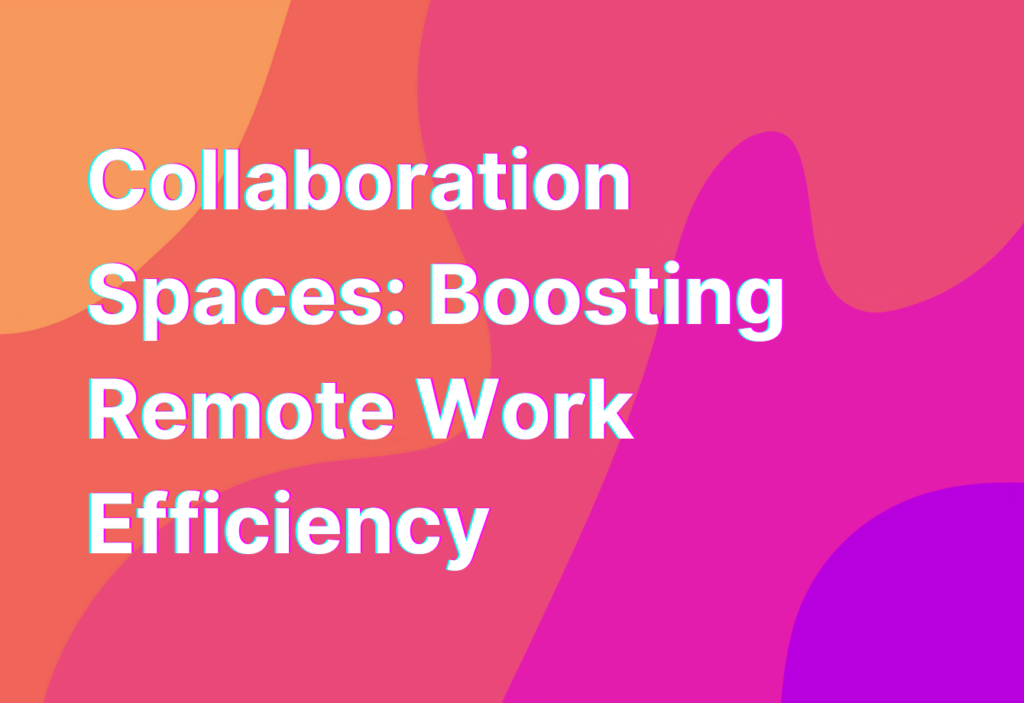Boost Employee Engagement: Mastering Remote Work Flexibility
Hey there, remote work enthusiasts! It’s Ashley here, your go-to gal for all things remote work. Today, I want to talk about a key ingredient in creating a successful remote work environment: flexibility. Flexibility is not just a buzzword; it’s a game-changer when it comes to boosting employee engagement and productivity. So, let’s dive in and explore how you can master remote work flexibility.
The Power of Flexibility
Flexibility is like a magic wand that can transform your remote team’s performance. When employees have the freedom to choose when and where they work, they feel empowered and trusted. This sense of autonomy leads to increased job satisfaction and, ultimately, higher levels of engagement.
According to a study by Owl Labs, 71% of remote workers reported being happy in their job, compared to only 55% of on-site workers. This happiness translates into improved productivity, with remote workers being 20% more productive than their office-bound counterparts.
So, how can you harness the power of flexibility to boost employee engagement? Let’s explore some practical strategies.
1. Set Clear Expectations
Flexibility doesn’t mean chaos. It’s essential to establish clear expectations and guidelines for remote work. Clearly communicate your team’s goals, deadlines, and availability expectations. This clarity ensures that everyone is on the same page and working towards a common objective.
One way to set clear expectations is by using project management tools like Trello or Asana. These tools allow you to create tasks, assign deadlines, and track progress. By keeping everyone informed and accountable, you create a sense of structure and purpose within your remote team.
Remember, flexibility doesn’t mean lack of structure. It’s about finding the right balance between freedom and accountability.
2. Embrace Different Time Zones
One of the beauties of remote work is the ability to work with people from different time zones. Instead of seeing this as a challenge, embrace it as an opportunity. Encourage your team to embrace their natural work rhythms and find a schedule that works best for them.
For example, if you have team members in different time zones, consider implementing flexible working hours. This allows everyone to work during their most productive hours while still ensuring collaboration and communication.
Remember, remote work is all about flexibility, so don’t be afraid to think outside the 9-to-5 box!
3. Foster a Culture of Trust
Trust is the foundation of successful remote work. When employees feel trusted, they are more likely to take ownership of their work and go the extra mile. As a leader, it’s crucial to foster a culture of trust within your remote team.
One way to build trust is by giving your team the freedom to make decisions and take ownership of their work. Avoid micromanaging and instead focus on providing support and guidance when needed. Trust your team to deliver results, and they will rise to the occasion.
Additionally, encourage open and transparent communication within your team. Create channels for feedback and collaboration, such as regular video conferences or virtual coffee chats. These interactions help build relationships and strengthen trust among team members.
4. Prioritize Work-Life Balance
Flexibility should not come at the cost of work-life balance. Remote work offers the opportunity to create a harmonious integration of work and personal life. Encourage your team to prioritize self-care and set boundaries between work and personal time.
One way to support work-life balance is by promoting regular breaks and time off. Encourage your team to take breaks throughout the day and disconnect from work during non-working hours. This helps prevent burnout and promotes overall well-being.
Remember, a happy and well-rested team is a productive team!
Wrapping Up
Flexibility is the secret sauce to boosting employee engagement in remote work. By setting clear expectations, embracing different time zones, fostering a culture of trust, and prioritizing work-life balance, you can create a thriving remote team.
If you want to learn more about remote work goals and how they can further enhance employee engagement, check out this link. It’s packed with valuable insights and practical tips.
Remember, flexibility is not just a perk; it’s a powerful tool that can unlock your team’s full potential. Embrace it, and watch your remote team thrive!


